MNS (Military Nursing Service) India Officer Pay Scale: Salary and Allowances
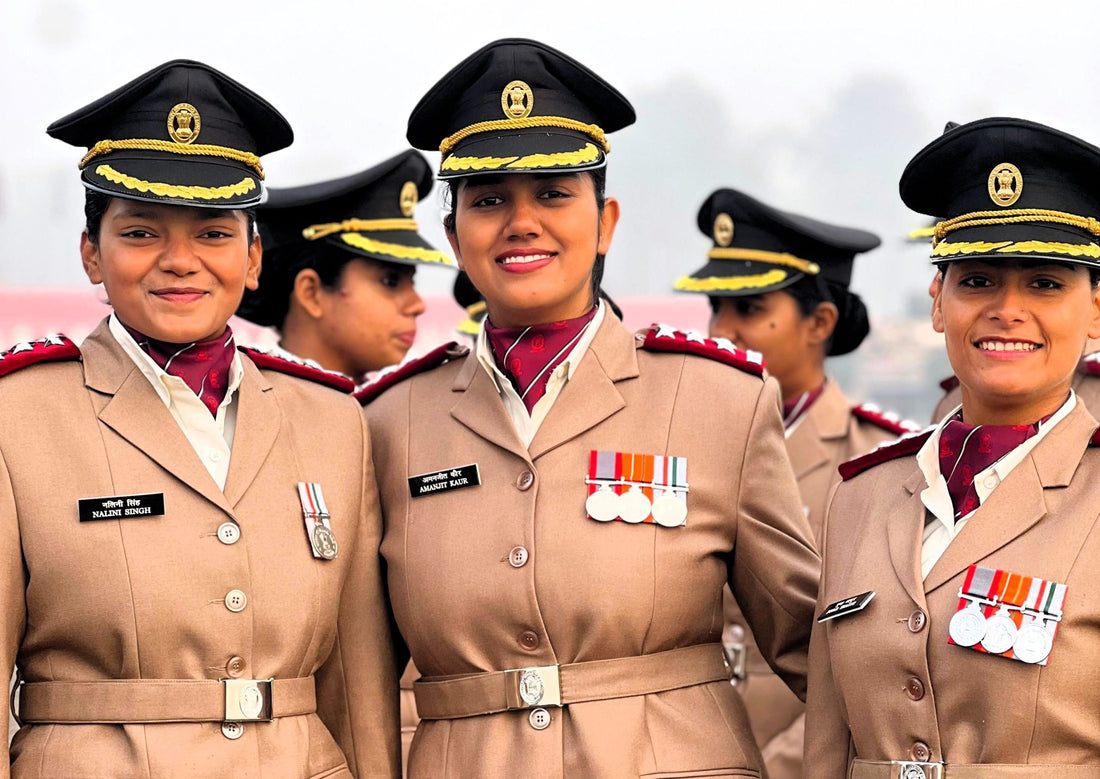
The Indian Military Nursing Service (MNS) is a dynamic and integral part of the Indian Army, dedicated to providing healthcare to military personnel and their families. With a strong commitment to serving the nation, MNS officers play a vital role in the armed forces, particularly in patient care during various situations, including emergencies, operations, and humanitarian missions. Understanding the MNS officer pay scale is crucial not only for aspiring officers but also for the families and friends of dedicated individuals who choose this honorable profession. In this comprehensive article, we will explore the salary structure, allowances, and other key aspects of the MNS officer pay scale, delving into their responsibilities, historical context, and future prospects.
Historical Context of the MNS
The roots of the Military Nursing Service in India can be traced back to the British colonial era when military nursing was primarily undertaken by British nurses. The establishment of the Indian Army Nursing Corps in 1888 marked a significant milestone, as it allowed Indian women to serve as nurses. Post-independence, this organization evolved into the Military Nursing Service, integrating Indian nurses into the armed forces' healthcare system. The MNS has grown considerably over the years, adapting to the changing needs of the Indian Army and embracing advanced nursing practices, ultimately leading to the professional and structured environment we see today.
Understanding the MNS Officer Pay Scale
Salary Structure
The salary structure of MNS officers is designed to reward their service and dedication adequately. The basic pay for MNS officers begins at the rank of Lieutenant, corresponding to Pay Level 10 as per the 7th Central Pay Commission recommendations.
-
Basic Salary Range:
- Rs. 56,100 to Rs. 1,77,500
This range is reflective of the fundamental pay division that increases with rank promotion and experience.
Rank-Wise Salary Breakdown
MNS officers' monthly salaries vary by rank, with additional amenities provided as one ascends through the ranks. Here is a detailed salary breakdown:
| Rank | Salary Per Month |
|---|---|
| Lieutenant | Rs. 56,100 - Rs. 1,77,500 |
| Captain | Rs. 61,100 plus amenities |
| Major | Rs. 69,400 plus amenities |
| Lieutenant Colonel | Rs. 1,21,200 plus A-grade amenities |
| Colonel | Rs. 1,30,600 plus A-grade amenities |
| Brigadier | Rs. 1,19,700 plus A-grade amenities |
| Major General | Rs. 1,44,200 plus A-grade amenities |
This structured pay scale not only recognizes the growing responsibilities but also ensures that MNS officers are compensated fairly based on their seniority and expertise.
Pay Matrix
The pay matrix, an essential tool for understanding the salaries of MNS officers, is structured as follows:
- Pay Band: 15,600 - 39,100 and 37,400 - 67,000
- Grade Pay: 5,400, 5,700, 6,100, 6,600, 7,600, 8,400, 9,000
- Levels: 10, 10A, 10B, 11, 12, 12B, 13B
Each level in the pay matrix corresponds to specific roles and responsibilities, outlining the increments and benefits due at each promotion.
Allowances and Perks
In addition to a competitive basic salary, MNS officers receive numerous allowances and perks that further enhance their overall compensation package. Key allowances include:
- Dearness Allowance (DA): This allowance is adjusted based on inflation, ensuring that the purchasing power of officers remains stable.
- Travel Allowance (TA): Granted for official travel, covering transportation and related expenses.
- Military Service Pay (MSP): A fixed additional pay of Rs. 10,800 per month, recognizing the unique hardships associated with military service.
- Free Accommodation: MNS officers are provided accommodation without charge, which significantly offsets living expenses.
- Paid Leave: Officers are entitled to various forms of leave, ensuring work-life balance and mental well-being.
- Medical Facilities: Access to quality medical services for the officers and their families.
- Pension Benefits: A structured pension plan that guarantees financial security after retirement.
- Night-Shift Allowances: Extra compensation for those working night shifts, acknowledging the demands of the job.
Job Profile of MNS Officers
The responsibilities of MNS officers extend beyond conventional nursing. They are pivotal in numerous critical functions, including:
- Treatment of Injured Soldiers: Providing acute care and rehabilitation to military personnel.
- Establishing Triage in Crisis: Quickly assessing and prioritizing casualties in combat or emergency situations to maximize care effectiveness.
- Family Medical Care: Offering healthcare services to the families of service members, building a healthcare support system within the military community.
- Emergency Care: Responding effectively to natural disasters and providing immediate relief to victims.
- Humanitarian Relief Efforts: Assisting in missions that require swift medical intervention in crisis situations.
- Prescribing Medication: Empowered to make clinical decisions and provide necessary prescriptions within prescribed protocols.
- Conducting Pre-operative Procedures: Participating in surgical preparations, including administering general anesthesia where required.
Training and Initial Salary
Upon joining the MNS, new recruits undergo extensive training, which equips them with the skills needed to fulfill their roles effectively. During this training period, which lasts approximately six months, they receive a monthly stipend of around Rs. 8,000. After successfully completing their training, they are commissioned as Lieutenants and receive the full salary and benefits as stipulated, marking the commencement of their professional careers in the Military Nursing Service.
Statistical Data and Research Insights
The structured pay and advantages offered to MNS officers are not just a reflection of their significant contributions; they also align with general trends observed in military service pay across various nations. A comparative analysis of compensation for military nurses in countries like the United States, Canada, and Australia highlights similar benefits offered to healthcare providers serving in combat and non-combat roles. For instance, the U.S. Army Nurse Corps provides competitive salaries, additional bonuses for deployment, and scholarship opportunities, showcasing global practices concerning military healthcare compensation.
Comparative Analysis
When examined against civilian nursing professions, the compensation and benefits received by MNS officers can be deemed competitive, particularly considering the challenges associated with military service. Civilian nurses may enjoy higher base salaries in advanced specialties; however, the security, allowances, and lifestyle benefits associated with military service are generally unmatched in civilian sectors. Furthermore, civilian nurses often work in environments with fluctuating demand and job stability, which contrasts sharply with the structured nature of military service.
Challenges and Solutions
While the MNS offers various benefits, significant challenges persist. High-stress environments, potential exposure to combat situations, and rigorous schedules often lead to burnout among officers. Solutions to these challenges could include:
- Wellness Programs: Initiating mental health resources and workshops can significantly help officers cope with the unique stressors associated with military nursing.
- Flexible Work Arrangements: Exploring flexible or reduced-duty hours to provide relief during peak stress periods.
- Enhanced Professional Development: Offering additional training in stress management, resilience, and leadership can empower MNS officers, enhancing their skills and quality of care.
- Improved Work Environment: Investing in improvements to facilities and equipment, coupled with regular assessments of the working environment, can lead to better job satisfaction.
Future Trends and Predictions
As the needs of the Indian Army evolve, the MNS will likely see shifts in job profiles, responsibilities, and compensation structures. Technological advancements and increased emphasis on telemedicine will demand new skills from MNS officers. Future trends may entail:
- Increased Integration of Technology: Adapting to digital platforms for healthcare delivery, enhancing both patient care and operational efficiency.
- Focus on Mental Health: As awareness of mental health issues grows globally, MNS will likely prioritize psychological care, leading to a holistic approach in their services.
- Interdisciplinary Training: A broadening of training programs to include cross-disciplinary education and practices may enhance the overall competency of MNS officers.
- Enhanced Global Collaboration: Increased collaboration with international military nursing forces could provide opportunities for shared learning, best practices, and potential joint training.
Conclusion
The Military Nursing Service (MNS) in India stands as a testament to dedication, service, and essential healthcare provision within the Indian Army. The structured salary scale and benefits reflect the level of professionalism and commitment held by MNS officers. With a historical backdrop of valor and service, today's MNS officers continue to uphold these traditions while adapting to modern challenges and technological advancements.
As prospective MNS officers explore career paths within this esteemed service, understanding the pay scale and associated benefits is vital. Not only does it provide clarity about their financial expectations, but it also illustrates the invaluable role they will play within the Indian Army. Those considering a career in MNS will find it rewarding not only financially but personally, contributing to the health and well-being of military personnel and their families.
For those interested in pursuing a rewarding career in Military Nursing, engaging with resource materials from SSBCrack and SSBCrackExams will provide essential insights and preparation tools to succeed in making this noble commitment.



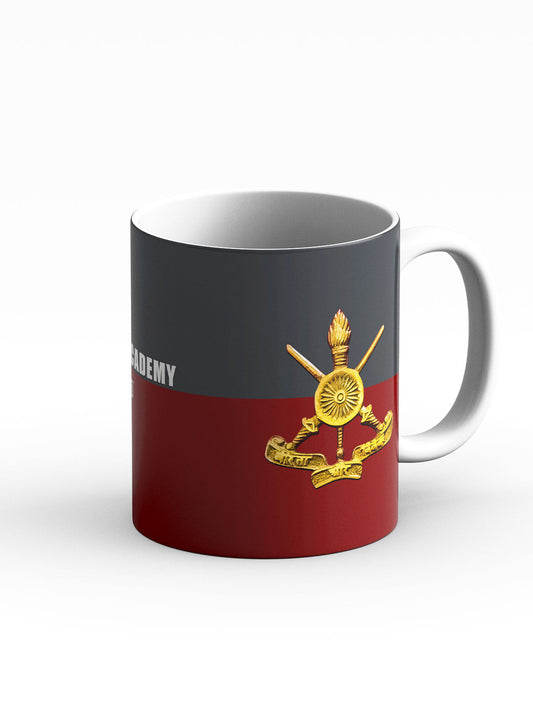
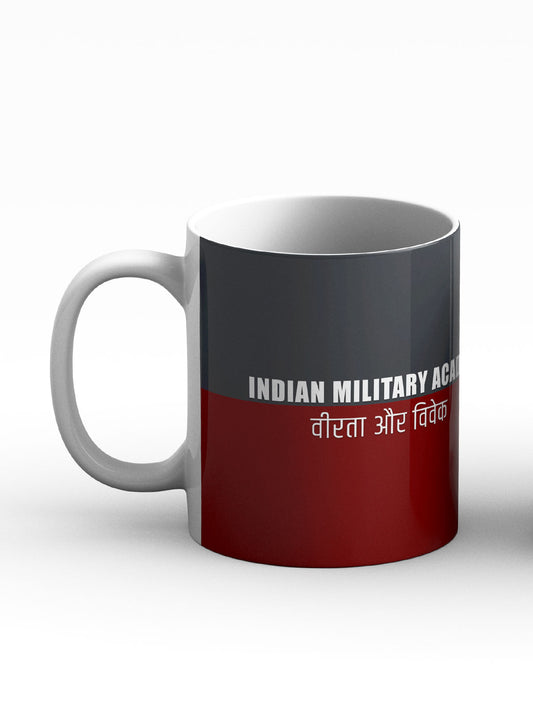
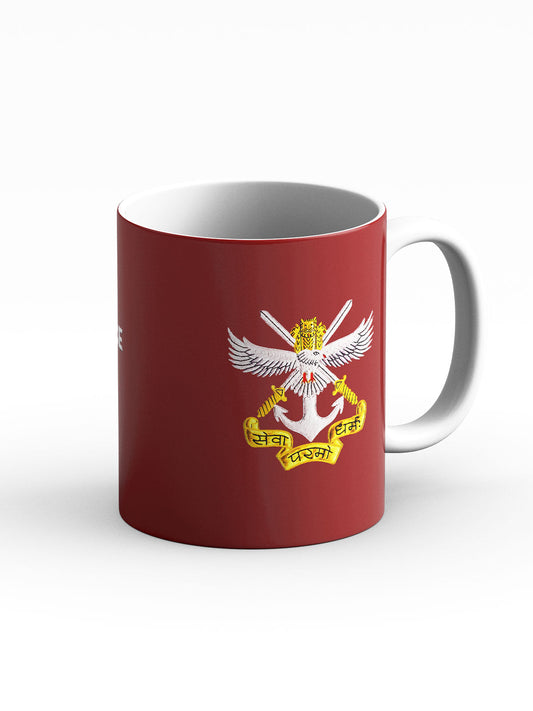
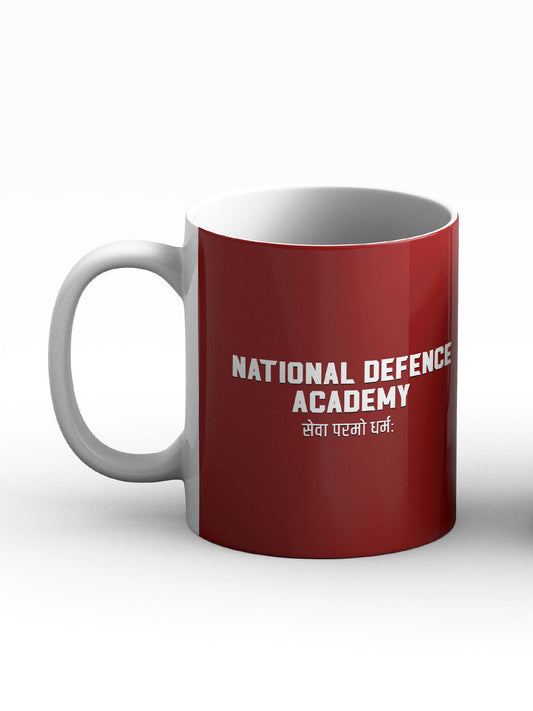
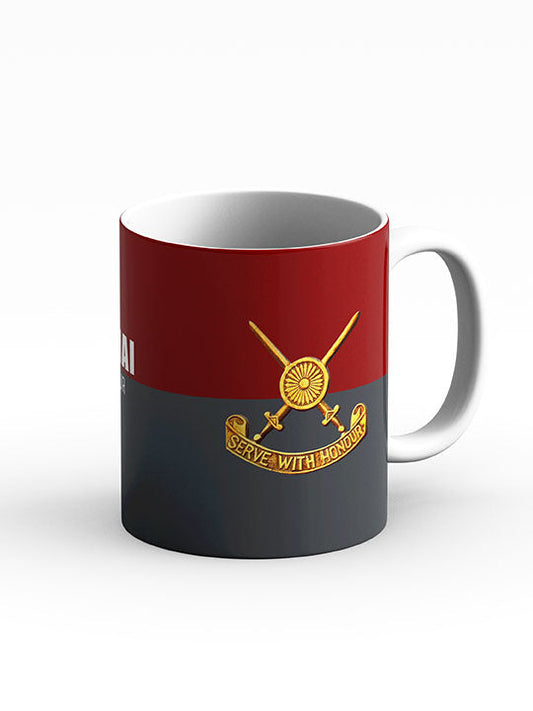
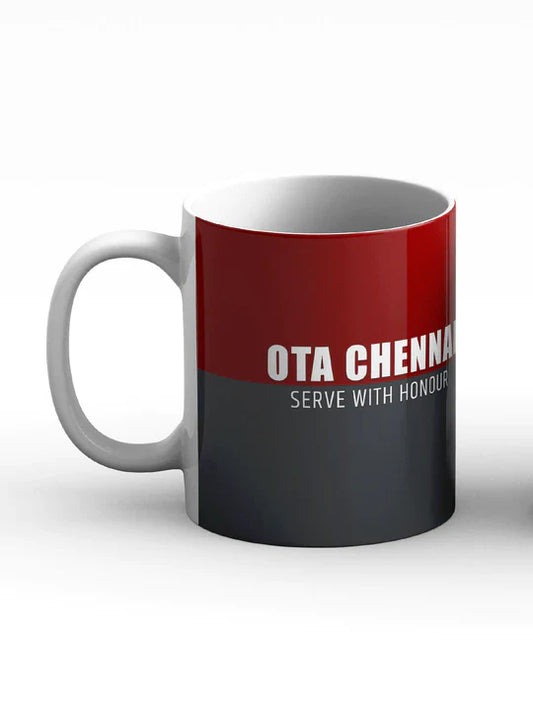



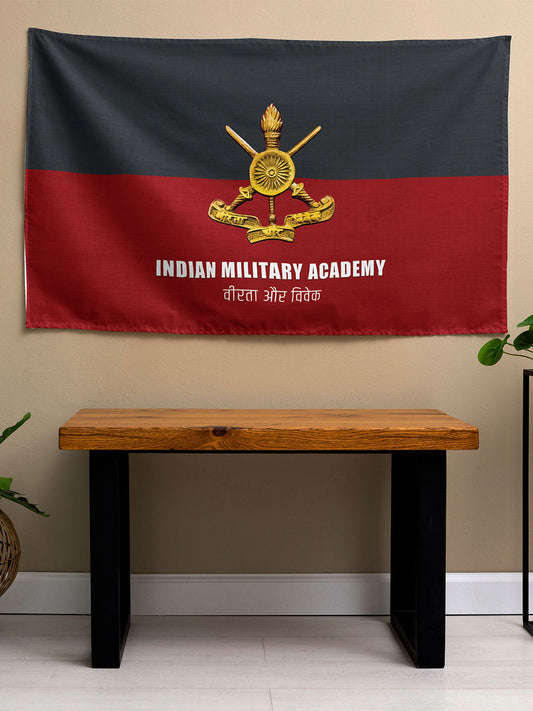

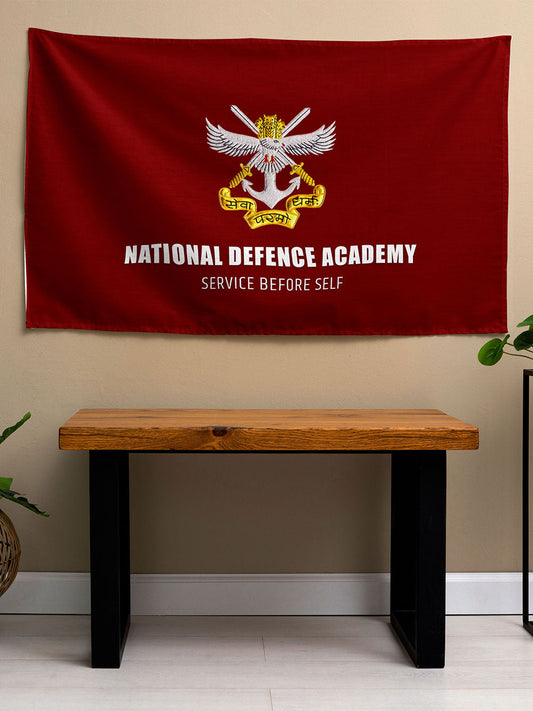
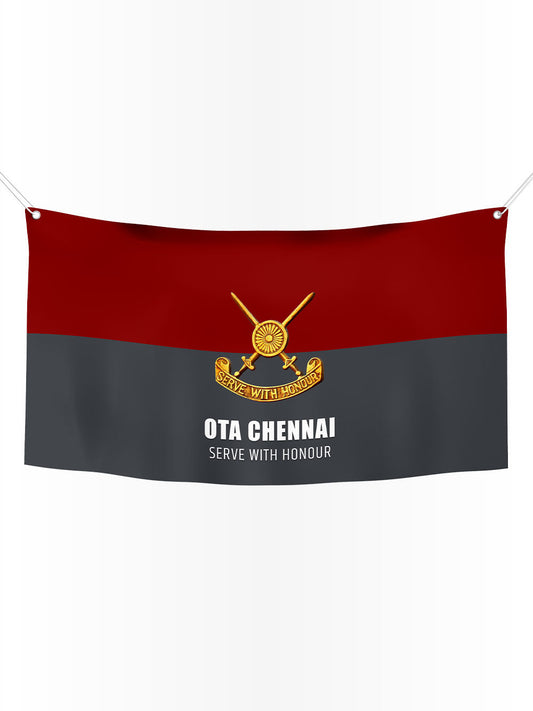
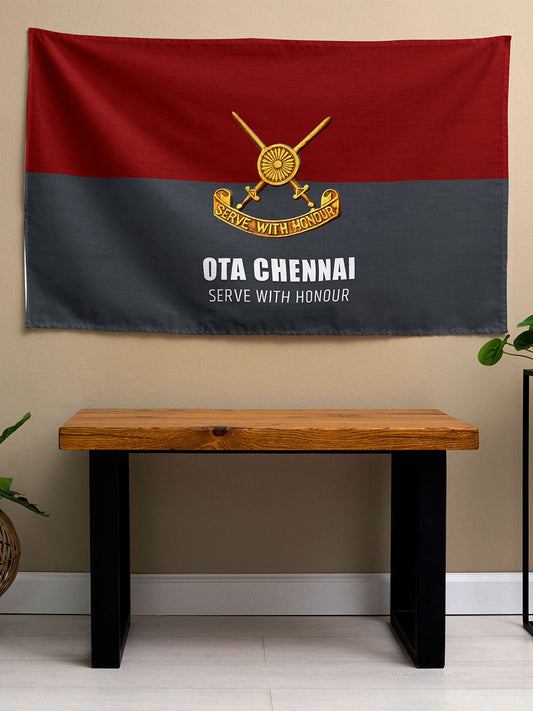



1 comment
I want to join in mnsbsc nursing